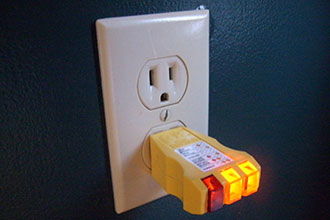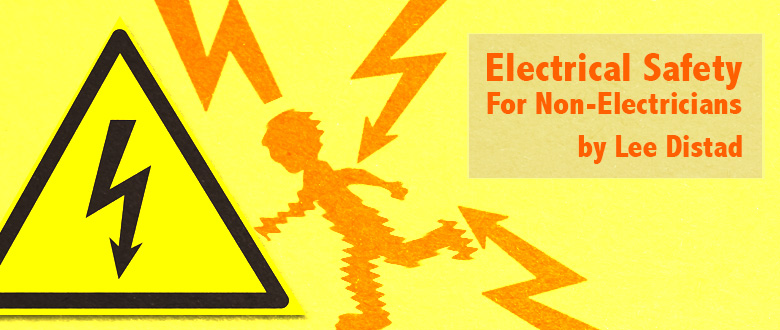
Regardless of how often this topic is covered in safety literature and training programs, it never hurts to have it repeated. Even today, I find myself spending a lot of time in proximity to high voltage systems, so these rules bear repeating.
According to safety literature, there are four types of injuries from contact with electricity. They are: electrocution, electric shock, burns and falls from a height after being shocked. There are also a variety of ways to receive these injuries, including but not limited to direct contact with an energized electrical circuit, an arc of electricity jumping and grounding through you and burns.
Here’s a list of safety practices to follow on the job site. For more information, and for handouts and materials for your workplace check with your local regulatory body, such as the electrician’s union.
- First, always assume that a circuit is energized until you test it yourself. Use your multimeter or dedicated tester to ensure that a circuit is dead before working around it.
- Inspect tools, power cords and electrical fittings for damage or wear prior to each use. Repair or replace damaged equipment immediately.
- Always tape cords to walls or floors when necessary. Nails and staples can damage cords causing fire and shock hazards.
- Use cords or equipment that is rated for the level of amperage or wattage that you are using.
- Unusually warm or hot outlets may indicate that unsafe wiring conditions exists. Unplug any cords to these outlets and do not use until a qualified electrician has checked the wiring.
- Know where the breakers and boxes are located in case of an emergency.
- Do not use outlets or cords that have exposed wiring.
- Do not touch a person or electrical apparatus in the event of an electrical accident. Always disconnect the current first.
- Keep power cords clear of tools during use.
While most experienced AV Pros have plenty of stories about job site safety that are funny in hindsight, when it comes to working around electricity I don’t have any to tell, and I like it that way. So should you.
